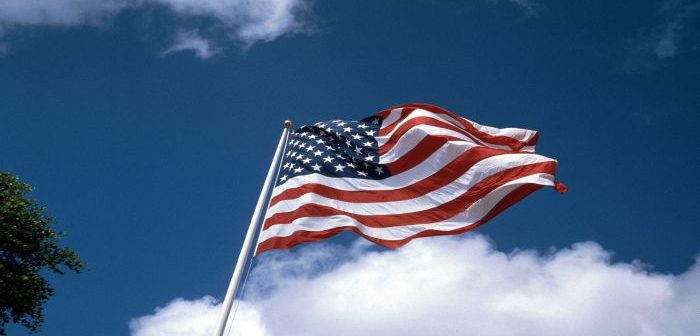The United States remains the perennial favourite for MBA aspirants with the rock solid reputation of legions its business schools who, by and large, follow the two-year program pattern as opposed to the one-year pattern followed by their European counterparts. Take a look at the USP of some of these programs and the returns for the graduates by way of salary jumps while securing top positions at reputed firms.
Way back in 1900, Dartmouth College set up the Tuck School of Business offering an MSc in Commerce. The first official MBA course began at Harvard School of Business in 1908. After more than a century, the two Business schools continue to be ranked among the top ten, in fact sharing the first rank in the QS Global MBA rankings 2014/15 for North America.
Unlike the one year programs offered by European Schools, the general preference in the US is towards the two-year version. They claim the longer duration allows students time for a deeper understanding and better networking among fellow students and Professors that stands them in good stead in future professional life. The Schools also have summer placements to enable students garner valuable work experience.
The graduate MBA salaries and bonus average around $123,239 which is considered to be in the elite category on a global scale.
QS World University Rankings, an annual publication of university rankings by Quacquarelli Symonds, says ever since it began seeking the views of MBA applicants, the US has always been the number one destination, with around 80% of candidates marking it as their choice.
The US has the largest number of institutions figuring in any list of top global list of B-Schools including the QS Global 200 Business Schools Report. In fact, the first rank in this list is held jointly by HBS, Stanford University and The Wharton School, University of Pennsylvania.
HBS claims, among factors that set its course apart, as the general management focus, the case method and global reach. It offers specializations in diverse streams: Accountancy, Entrepreneurship, Finance, General Management, International Management, Business Leadership, Marketing, Operations Management, Strategic Management, Consulting and Non-Profit Organization.
ALSO READ: IESE Steps Up Enrolment For Two-year Full Time MBA
The average GMAT score of the class is 730. The average age of students is 27 with an average work experience of 5 years. Females comprise 40% of the 937-strong class. Tuition fees are in the range of $ 100000–110000. While 89% of the class found placements within three months of graduation the Average salary three months post studies works out to be $125,000.
Stanford University Graduate School of Business also offers program similar to HSB. Its MBA class has an average GMAT score of 729 for a class size of 406. Female students constitute 35% of the class with 4 years average work experience. Tuition fees are in the same range as HSB. In placements, 92% found positions within three months of graduation with average salaries in the $129,618 range.
Wharton’s 861-member class has 40% female students. The average GMAT score is 728. Tuition fees are in the range of $110000 – 120000. Student have an average work experience of five years with 96% finding placements within three months of graduation at an average salary of $ 123,430.
When it comes to world class business schools, no country can match the US. The QS Global 200 Business Schools Report certainly reflects this.
Among other biggies, Chicago Booth is in the 4th rank followed by Columbia Business School, The Kellogg School of Management at Northwestern University, Sloan School of Management at MIT, Ross School of Business at University of Michigan, UCLA Anderson School of Management and NYU Stern School of Business among the top ten.
Several of these schools have the advantage of being located in business hubs like New York, Boston or the Silicon Valley that offers students an exposure to the world of big business, especially in the financial and consulting sectors.(Image Source:wikipedia.org)





